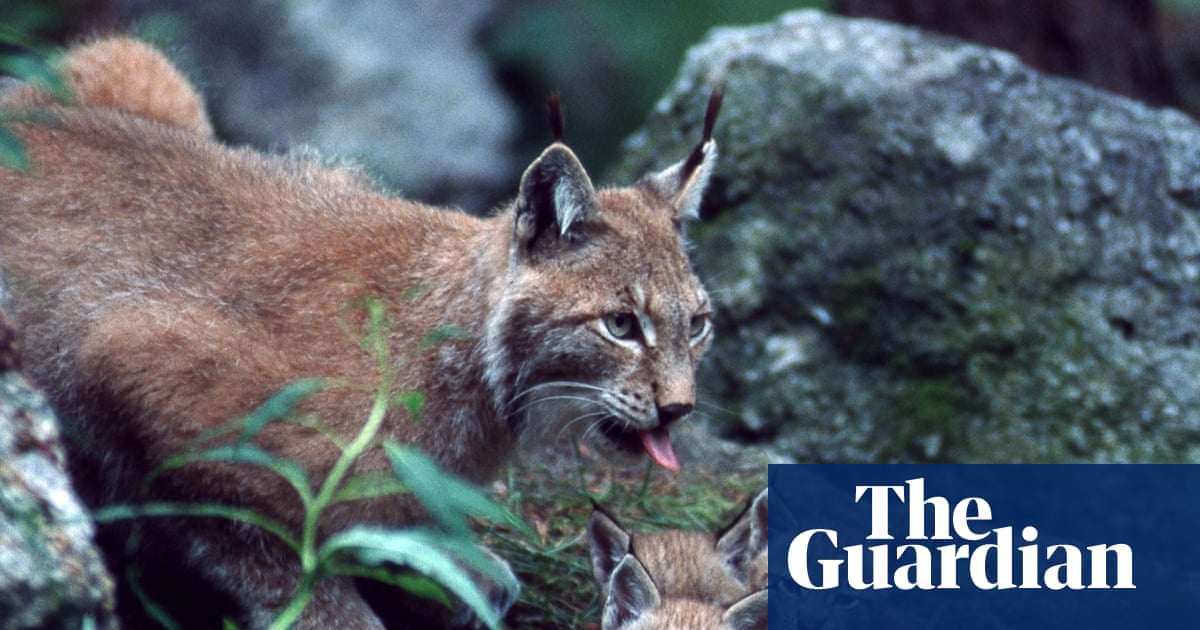The UK and Ireland are among the few countries in northern Europe without the apex predator the Eurasian lynx (Lynx lynx).
Like most of Britain’s larger native animals, wolves and beavers, it was hunted to extinction, in this case about 1,300 years ago, helping to push the UK towards the distinction of being the most nature-depleted country in Europe.
The campaign to reintroduce lynx into Kielder Forest in Northumberland is gathering momentum and expects a sympathetic hearing from the Labour government, although sheep farmers among others, may hold different views.
The lynx, which has been successfully reintroduced to four European countries while remnant populations survive elsewhere, is basically a big cat weighing a maximum of 25kg, about the size of a springer spaniel. They hunt at night, and would principally eat some of the overpopulation of roe deer in the Kielder Forest, but would also hunt and eat foxes, hares and rabbits. They are generally regarded as excellent for keeping a healthy ecosystem in balance.
skip past newsletter promotion
The planet’s most important stories. Get all the week’s environment news – the good, the bad and the essential
Privacy Notice: Newsletters may contain info about charities, online ads, and content funded by outside parties. For more information see our Privacy Policy. We use Google reCaptcha to protect our website and the Google Privacy Policy and Terms of Service apply.
after newsletter promotion
The irony of such introductions is that lynx increase tourism dramatically with visitors hoping to see the wild cat. However, with the animals so elusive that they have to be fitted with trackers before release to find out where they have gone, this would be unlikely.

